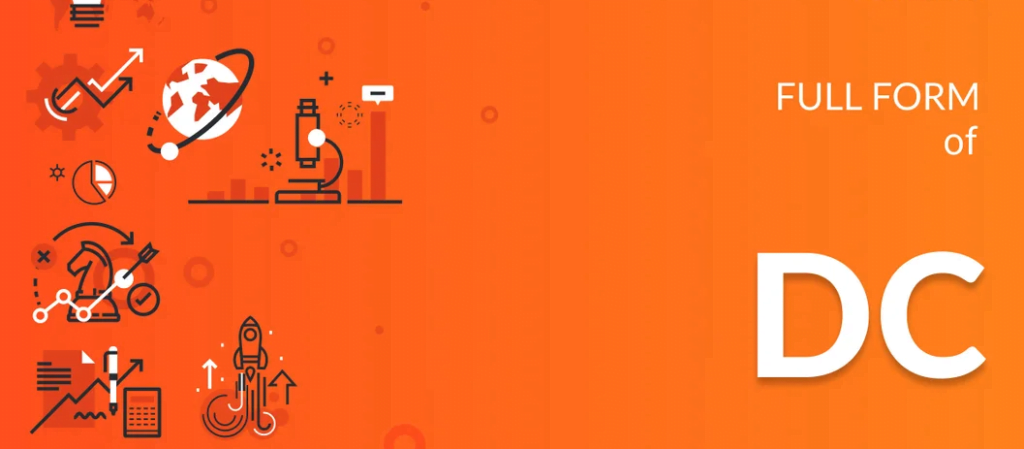
Introduction:
DC full form: An introduction to the field of electricity, two primary kinds of current are dominant that is the alternating current (AC) as well as direct current (DC). While AC is often praised due to its extensive usage in power grids of today, DC plays an equally crucial role in the powering of various equipment and devices. This blog will set out on a journey of exploration to discover the importance of DC as well as its uses and its long-lasting history in the field of technology and engineering in the field of electrical engineering.
The basics of understanding the concept of Direct Current (DC) Direct Current is abbreviated as DC refers to the movement of electric charge in one direction through the conductor. In contrast to the alternating current (AC) that frequently shifts directions, DC maintains a constant direction of polarity, providing a constant flow of electrical energy. The idea behind DC has its roots in the groundbreaking research of scientists like Alessandro Volta and Michael Faraday whose work created the basis for the modern electrical system.
History and Development:
The development of DC is interspersed with key events in the evolution of the electrical engineering and technology. The invention of Alessandro VOLTA’s voltage-generating pile in the latter part of the 18th century was the beginning of the practical DC energy generation which demonstrated the possibility of producing continuously electric power. Later developments, such as the development of the battery electric and the dynamo, led to the widespread use of DC systems for lighting, telegraphy as well as early industrial applications.
DC: Applications DC:
Electronics:
Batteries: Electronic devices portable like laptops, smartphones and electric vehicles depend on DC energy supplied by batteries to operate.
Power Supply: DC power supplies convert AC voltage generated by mains electricity into a stable DC voltage that is suitable for powering electronic circuits and devices.
Transportation:
Electric Vehicles: Hybrid and battery-powered electric vehicles rely on DC batteries and motors to propel themselves providing an environmentally-friendly alternative to combustion engines that are traditional.
Railway Systems DC traction systems power trams and electric trains offering reliable and efficient transportation solutions for urban and intercity environments.
Renewable Energy:
Solar Power Photovoltaic (PV) cells convert sunlight into DC electricity that can be utilized directly or converted to AC to allow grid integration.
Wind power: Wind turbines outfitted with DC generators harness the kinetic energy generated by the wind to generate DC electricity, thereby contributing to sustainable and clean energy production.
Future prospects and legacy the legacy and future prospects are not as clear. AC is now an integral part of modern distribution grids because of its ability to deliver power across long distances, DC continues to flourish in specialized applications and the emergence of new technologies. Innovations in power electronics energy storage and the integration of renewable energy have revived the interest for DC systems, and are paving the way for new solutions in fields like microgrids and data centers and electric propulsion.
In conclusion:
as we explore the ever-changing world of technology and engineering Direct Current (DC) can be seen as an unwavering beacon of innovation and resiliency. Beginning as an academic curiosity to its vital role in sustaining our contemporary world. DC represents the ideals of innovation and possibilities. By taking advantage of the diversity and possibilities of DC and its power, we can open up possibilities for an electrified, sustainable future, in which power flows effortlessly and allows societies to flourish and prosper.



